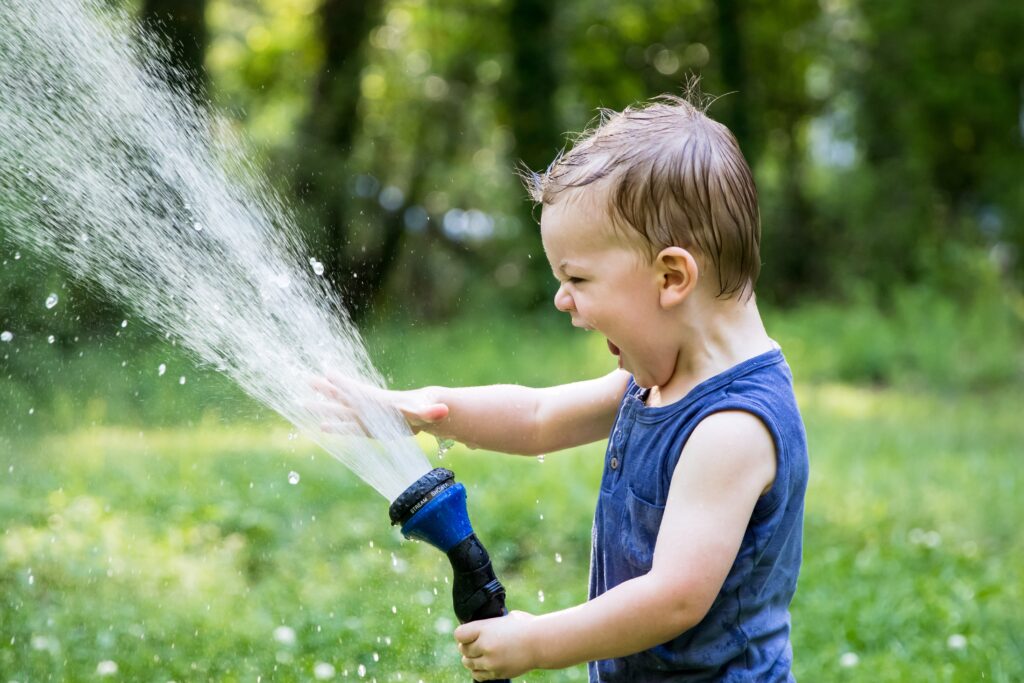Washing the hair of an autistic child can be stressful and difficult with many children being very resistant to the process.
In this article we explore why your child may be so against having their hair washed and what you can do about it.
Why an autistic child may be against hair washing
There are several reasons why an autistic child may be against having their hair washed.
Sensory sensitivities are common in children with autism, and the sensory experience of having their hair washed can sometimes be overwhelming.
The below are some further reasons why an autistic child may resist the process:
Sensitivities
As touched on above many children with autism have sensory sensitivities, which means they may be overly sensitive to certain sensory inputs such as touch, sound, or water.
The sensation of water on their head during hair washing may feel uncomfortable or overwhelming, leading to resistance.

Fear of drowning
Depending on their level of communication and understanding there may be a fear of drowning in place.
We all are born with a degree of fear of water but through usually discussions with parents and calm exposure this fear erodes.
If your child lacks the level of understanding whereby explanations of safety don’t sink in then every exposure to water can be traumatic.
Change of routine
Children with autism often thrive on routine and predictability. Hair washing may disrupt their established routine, leading to resistance or anxiety.
This may especially be the case if you put off hair washing for long periods of time.
Fear of the unknown
Some children with autism may experience anxiety or fear of the unknown. They may not know what to expect during hair washing, which can trigger resistance.
This is linked to the fear of drowning in that they are likely not to understand that hair washing is a safe practice.
What parents can do to wash an autistic child’s hair
Every child is different but the below are some techniques or ideas you can try.
Gradual exposure
Gradually expose the child to the sensation of water on their head by using a gradual desensitisation approach.
Start by wetting a washcloth and gently wiping their forehead, then gradually work towards wetting their hair with a washcloth, and eventually using a cup or a spray bottle to pour water on their head.
You could also buy them water related games such as water tables or sprinklers to increase their interaction with liquid.
Gradually increasing exposure to the sensation of water can help the child become more comfortable with the process over time.
Visual supports
Use visual supports such as social stories, visual schedules, or visual timers to help the child understand the steps involved in hair washing and what to expect.
Visual supports can provide predictability and help reduce anxiety.
Involve your child in decision making
Give the child choices and control over the hair washing process. For example, let them choose the type of shampoo, the temperature of the water, or the type of towel to use.
This can help the child feel more empowered and in control of the situation.
Cater for sensitivity
Make sensory accommodations to the hair washing process based on the child’s sensory sensitivities.
For example, adapt the temperature of the water, provide a soft towel or a sensory brush for them to hold during hair washing, or use a gentle shampoo with a mild scent.
Experiment with different sensory accommodations to find what works best for the child.
Use a routine
Create a consistent routine for hair washing and stick to it. Consistency and predictability can help reduce anxiety and resistance in children with autism.
Allow your child to help wash your hair
This follows on from the gradual exposure idea in that your child may enjoy assisting you with your hair wash.
Obviously it could be a slightly drenching process but you could let your child hold the shower head to rinse your hair at the end of the wash.
Summary – Autistic child and hair washing
An autistic child may be resistant to hair washing due to sensory sensitivities, fear, communication difficulties, anxiety, or disruptions in routine.
Parents can use strategies such as gradual desensitization, visual supports, choice and control, sensory accommodations and a reward system.

